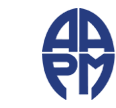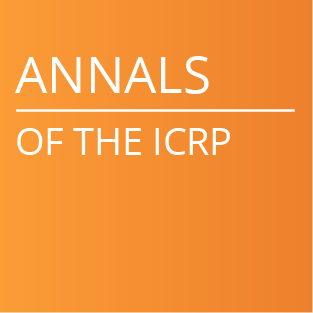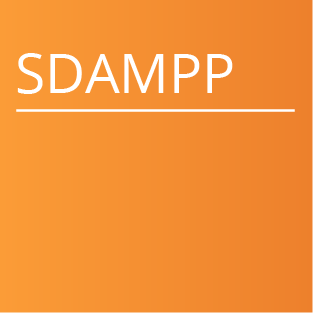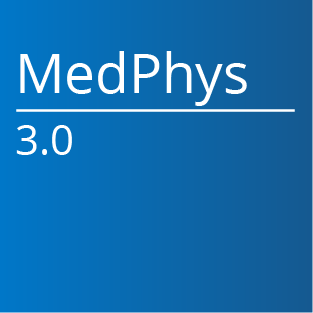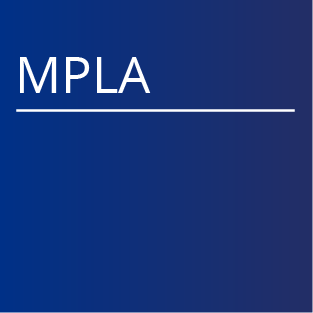| Activities | On a regular basis, review the clinical and non-clinical practice of medical physics to determine if new subspecialty areas have emerged. If so, evaluate each according to the following rubric:
- The subspecialty should be an identifiable subfield of medical physics, and fall generally within the existing specialties of diagnostic, nuclear and therapeutic medical physics. This would be demonstrated by the AAPM having published an MPPG, for example.
- The subspecialty is not addressed in more than a cursory way by a primary certificate issued by the ABR, ABMP, or CCPM, and is one for which knowledge and training substantially beyond that specified by the CAMPEP required curriculum is necessary.
- The subfield should be sufficiently stable that a certificate would be meaningful at least 5 years from the date of issue.
- The subfield should be a specialty that can be evaluated through the traditional methods of examination such as computer-based exams and remote or in-person oral exams.
- Where subspecialty training exists, such as through a manufacturer’s course, evaluate to determine if collaboration or some other mechanism could enable the AAPM to assume responsibility for issuing a credential.
- Where a regulatory body’s credential is of value to medical physicists, the AAPM credential should provide the evidence that the physicist is qualified for the regulatory body’s credential. An example of this might be the brachytherapy training that is required by the NRC for the Authorized Medical Physicist designation.
- Wherever a subspecialty crosses traditional specialties, or extends beyond traditional specialties, an effort should be made to collaborate with organizations that have expertise in the subspecialty.
- The liaison from Science Council should be tasked with determining if a scientific need for the credential exists, and whether the subfield is sufficiently mature. The liaison from Education Council should contribute to the assessment of educational needs for subspecialties. The Professional Council should be tasked with determining the value of the credential to the profession, and the number of medical physicists who might be interested in such a credential.
|
| By-Laws: | Not Referenced.Rules: Not Referenced. |
| Standing? | This is not a standing committee. |
| Approved Date(s): | 5/23/2024
|
| Committee Keywords: |
No Keywords Entered
|
|
Chair
Shawn Paras
Subcommittee Chair
|
2025 Roster
(dates shown below are start and end dates of position.)

= complete and up-to-date

= up-to-date but expires soon

= incomplete or out of date conflict of interest statement.
| VOTING Appointments | There are 10 voting members. |
 Jay W. Burmeister, PhD Jay W. Burmeister, PhD
5/24/2024 - 12/31/2026 Liaison - ASTRO Practice Qualification Committee |
 David W. Jordan, PhD David W. Jordan, PhD
5/24/2024 - 12/31/2026 Subcommittee Vice Chair |
 Katja M. Langen, PhD Katja M. Langen, PhD
5/24/2024 - 12/31/2026 Member |
 Dimitris N. Mihailidis, PhD Dimitris N. Mihailidis, PhD
5/24/2024 - 12/31/2026 Member |
 Shawn C. Paras, MS Shawn C. Paras, MS
5/24/2024 - 12/31/2026 Subcommittee Chair |
 Joann I. Prisciandaro, PhD Joann I. Prisciandaro, PhD
5/24/2024 - 12/31/2026 Member |
 Ingrid S. Reiser, PhD Ingrid S. Reiser, PhD
5/24/2024 - 12/31/2026 Subcommittee Vice Chair |
 Beth A. Schueler, PhD Beth A. Schueler, PhD
5/24/2024 - 12/31/2026 Member |
 Justin B. Solomon, PhD Justin B. Solomon, PhD
5/24/2024 - 12/31/2026 Member |
 Kevin A. Wunderle, PhD Kevin A. Wunderle, PhD
5/24/2024 - 12/31/2026 Member | |
| NON-VOTING Appointments | There are 0 non-voting members and guests. |
| HQ Team Appointed to Committee | There are 0 staff. |
See connections to Subspecialty Credentialing Subcommittee (SCSC)
